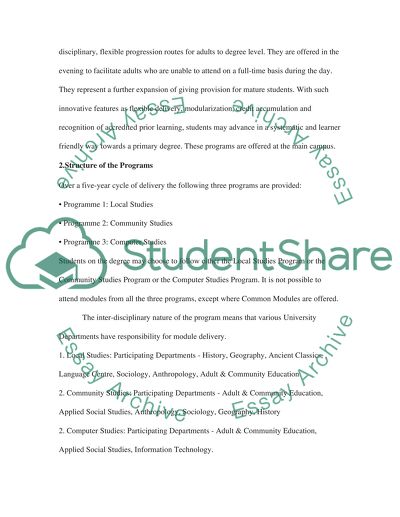Cite this document
(“Adult education Essay Example | Topics and Well Written Essays - 3500 words”, n.d.)
Retrieved from https://studentshare.org/education/1532455-adult-education
Retrieved from https://studentshare.org/education/1532455-adult-education
(Adult Education Essay Example | Topics and Well Written Essays - 3500 Words)
https://studentshare.org/education/1532455-adult-education.
https://studentshare.org/education/1532455-adult-education.
“Adult Education Essay Example | Topics and Well Written Essays - 3500 Words”, n.d. https://studentshare.org/education/1532455-adult-education.


